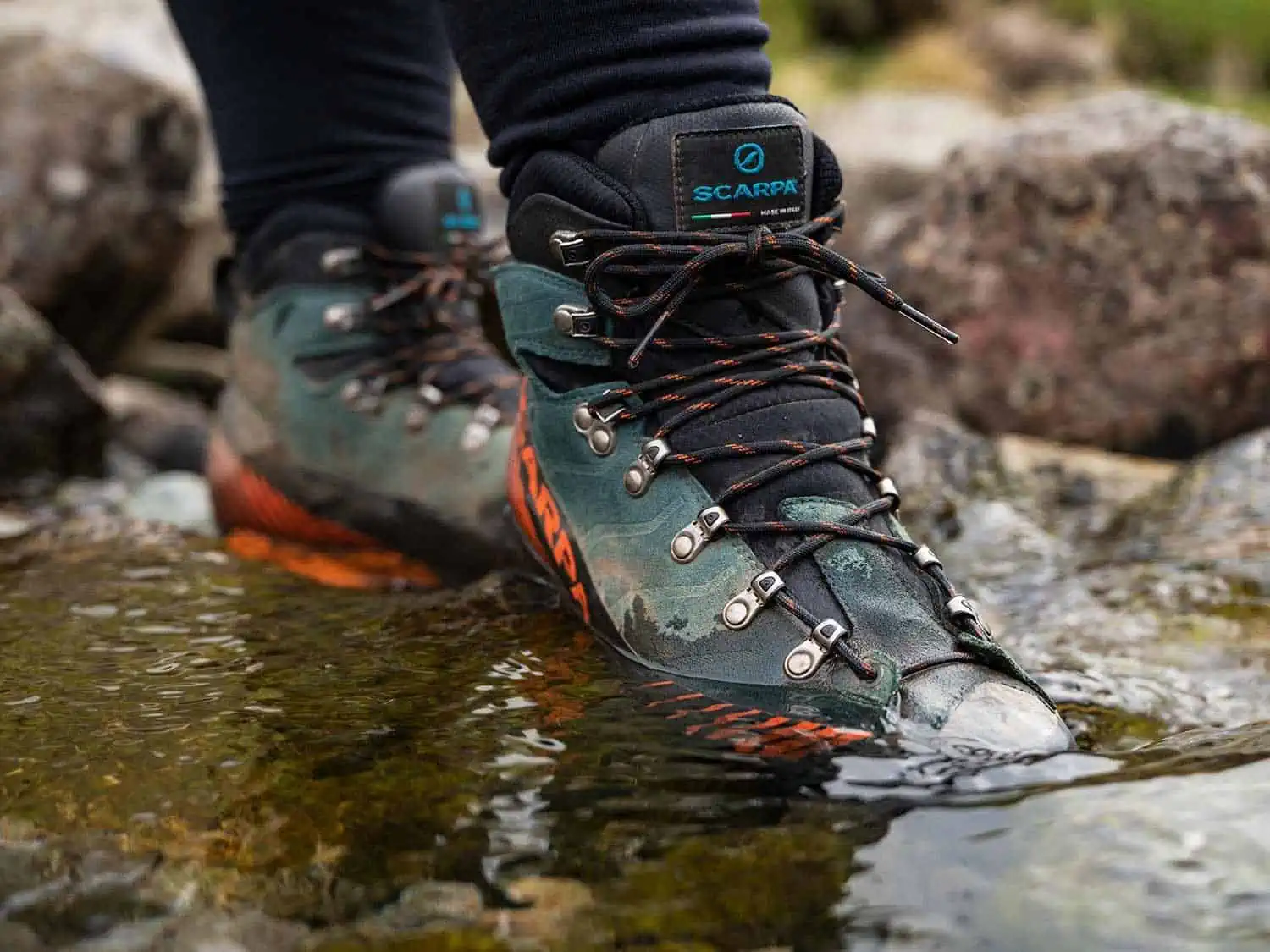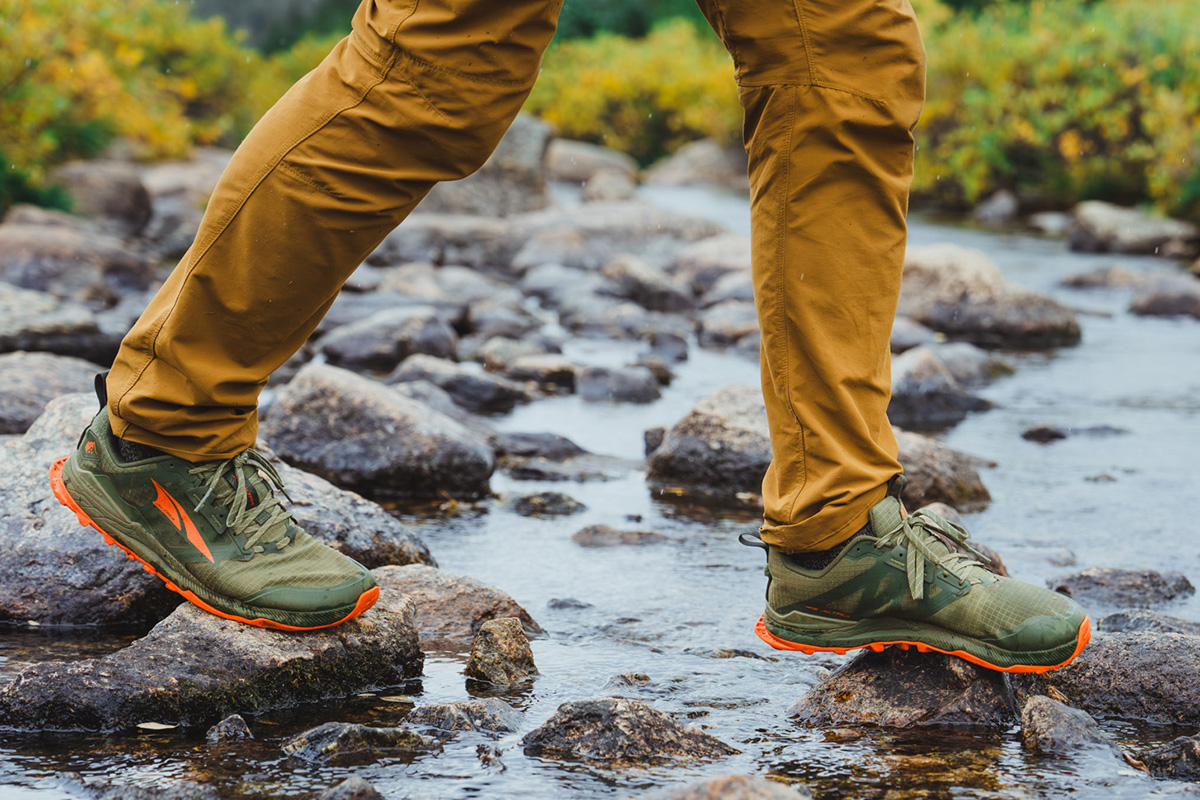Waterproof vs. Breathable Hiking Shoes: Which is Best for You?

When shopping for hiking shoes, one of the biggest decisions you’ll face is choosing between waterproof and breathable models. Each has its advantages, and the best option depends on the terrain, climate, and type of hiking you plan to do. In this guide, we’ll break down the differences and help you decide which is right for your adventures.
Key Differences Between Waterproof and Breathable Hiking Shoes
|
Feature |
Waterproof Hiking Shoes |
Breathable Hiking Shoes |
|
Protection |
Shields against rain, mud, and water crossings |
Provides ventilation and quick drying |
|
Material |
Often includes GORE-TEX or similar waterproof membranes |
Uses lightweight, breathable mesh |
|
Weight |
Heavier due to waterproof layers |
Lighter and more flexible |
|
Best for |
Wet, rainy, or snowy conditions |
Dry, hot climates or summer hiking |
|
Comfort |
Keeps feet dry but can trap heat |
Cool and airy but not water-resistant |
Waterproof Hiking Shoes: Pros & Cons

Pros:
- Keeps feet dry in rain, puddles, and stream crossings
- Ideal for winter or wet climates
- Protects against mud and snow
- Prevents cold feet in damp conditions
Cons:
- Can overheat in warm weather
- Takes longer to dry if water gets inside
- Less breathable than non-waterproof shoes
Best For:
- Hikers who trek in rainy, snowy, or muddy conditions
- Multi-day hikes where wet feet can lead to blisters
- Cold-weather hikers who need insulatio
Breathable Hiking Shoes: Pros & Cons

Pros:
- Lightweight and comfortable
- Allows feet to breathe, reducing sweat buildup
- Dries quickly if wet
- Great for summer and hot climates
Cons:
- No protection from water, rain, or mud
- Feet can get wet in shallow streams
- Not ideal for cold or wet-weather hiking
Best For:
- Hikers in hot, dry climates
- Fast hikers and trail runners who want agility
- Day hikes where minimal moisture exposure is expecte
When to Choose Waterproof vs. Breathable Hiking Shoes
Go Waterproof If:
- You expect rain, snow, or stream crossings
- You hike in muddy or unpredictable weather
- You want dry feet in wet conditions
Go Breathable If:
- You hike in hot, dry weather
- You need lightweight, flexible shoes
- You prefer quick-drying materials
Can You Make Breathable Shoes Waterproof?
If you prefer breathable hiking shoes but need occasional water resistance, you can use waterproofing sprays and gaiters to add protection without committing to a fully waterproof shoe.
Waterproofing Spray: Helps repel light moisture but won’t make shoes fully waterproof.
Gaiters: Cover your ankles and shoe openings to keep water and debris out.
FAQs About Waterproof vs. Breathable Hiking Shoes
Is it better to get waterproof hiking shoes?
It depends on where you hike. If you frequently encounter wet conditions, rain, or muddy trails, waterproof hiking shoes will keep your feet dry. However, they can trap heat in hot climates and take longer to dry if soaked.
Should hiking shoes be breathable?
Breathability is important if you hike in hot, dry conditions. Breathable shoes help prevent sweaty, overheated feet, reducing the risk of blisters and discomfort on long hikes.
Do waterproof hiking boots make your feet sweat?
Yes, waterproof boots can cause more sweating, especially in warm conditions. Since they are designed to prevent water from entering, they also limit ventilation, which can lead to hot and sweaty feet on warm hikes.
What material is best for hiking shoes?
The best material depends on your needs:
- GORE-TEX & eVent – Best for waterproofing and breathability balance
- Mesh & Synthetics – Lightweight, highly breathable, and quick-drying
- Leather – Durable and protective but heavier and less breathable
Final Verdict: Which Should You Choose?
Choose Waterproof Hiking Shoes if you hike in rainy, snowy, or wet conditions and want maximum protection.
Choose Breathable Hiking Shoes if you hike in hot, dry climates and prioritize airflow and comfort.
Whichever you choose, make sure they fit well and suit your hiking conditions!



